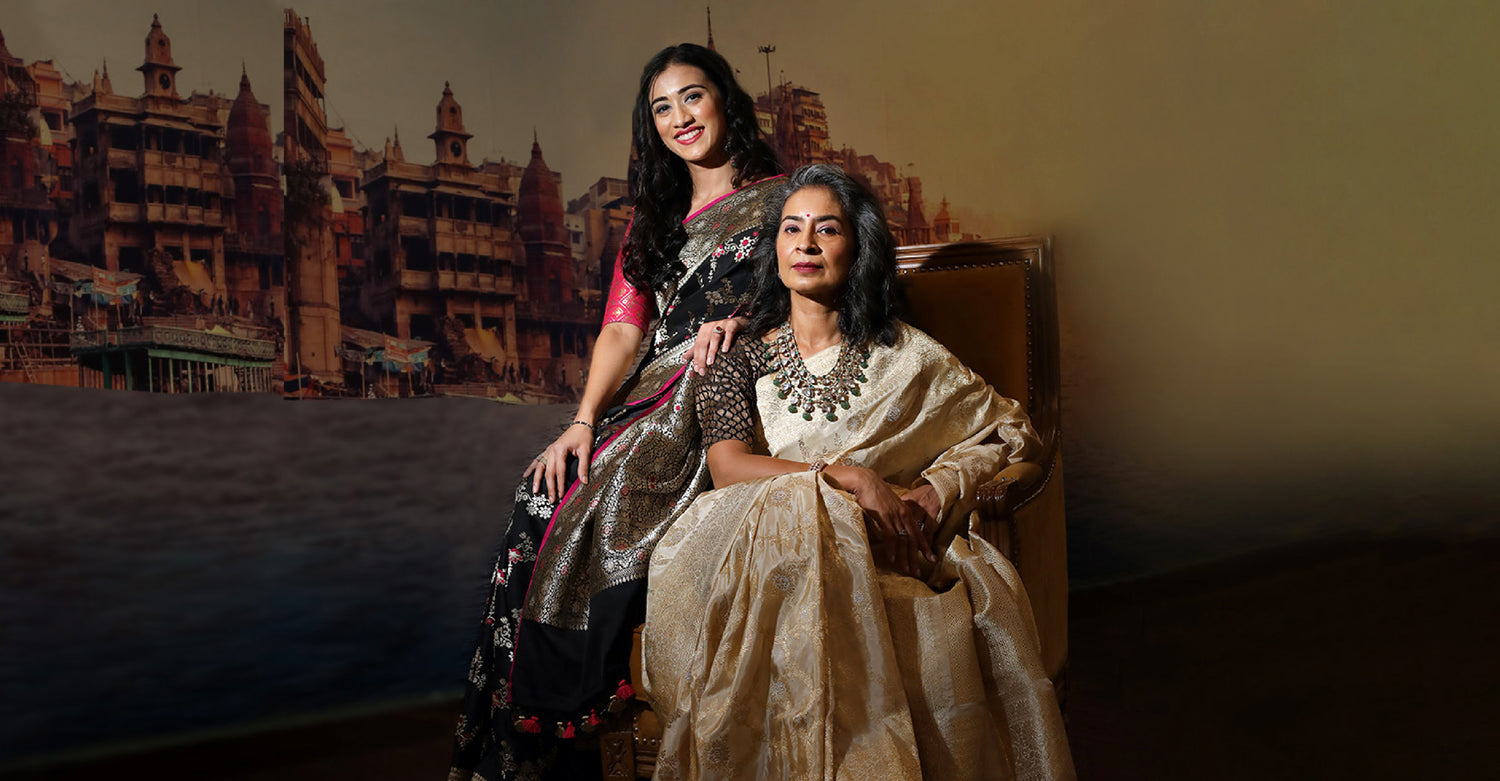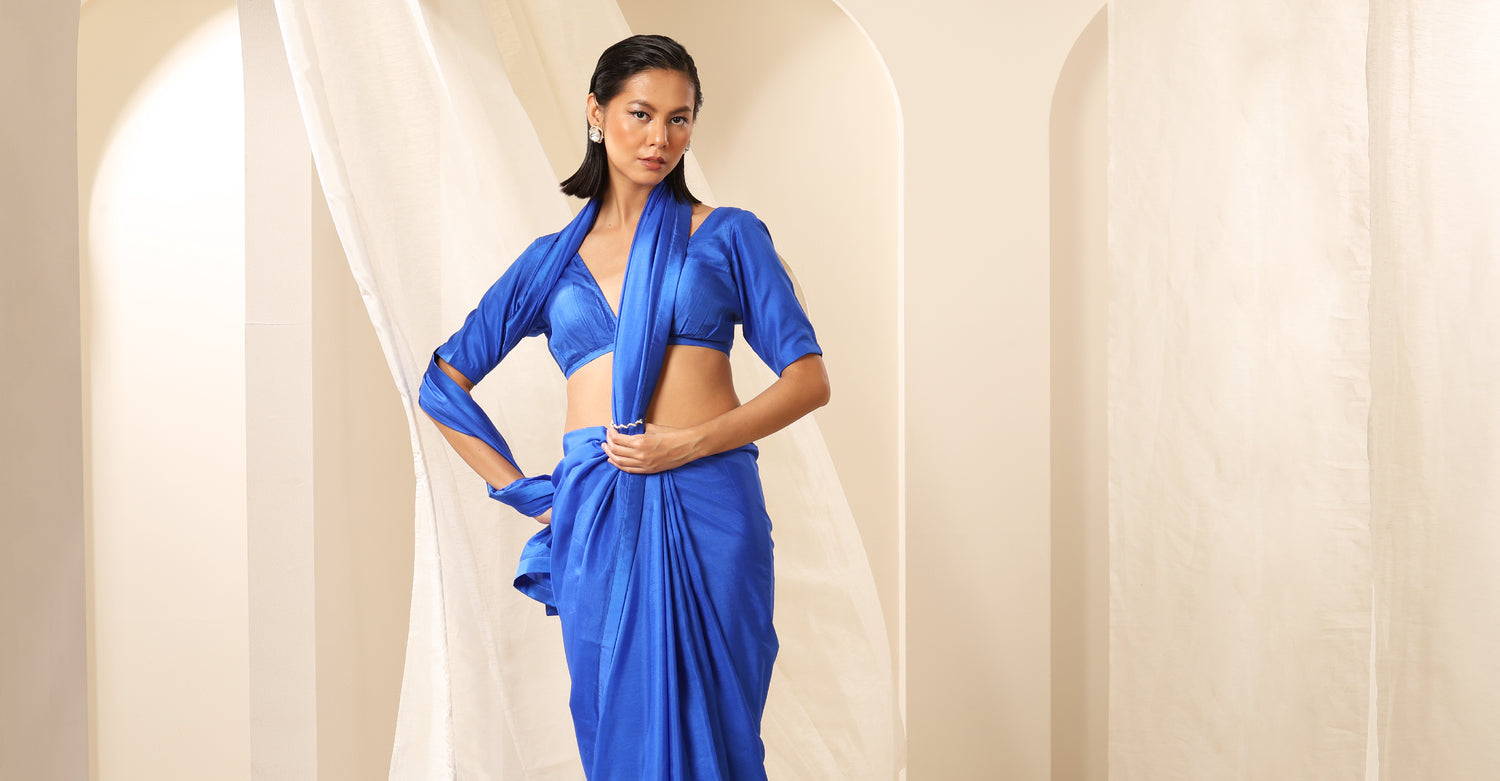The Hindu kingdoms of Mauryas, Nandas, Guptas all patronized the fine art of weaving in Varanasi. The Mughals were great patrons of art and they also brought in artists from Persia. The artists shared their skills with Persian carpet weavers and embroiders. It’s the fusion of this knowledge and skill sharing that led to a huge religious influence in the woven textiles that we see today. The Shikargah is one such inspired weave.
In the word "Shikargah" , "Shikar" means hunting and "Gah" means place.
The Shikargah we see today has also evolved with times and tradition. From depicting the typical Lion and Deer hunt to showing King on an elephant and the Jungle birds. We also see some bit of british influence in designs in the later part of 18th century with British Soldiers wearing the typical peak cap also shown as a part of the hunting scene.
Shikargah can be woven in different weaving Techniques like a Kadhwa or a meenadar or in Kimkhab and Tanchoi.
It is believed that not more than 5% of the total weaver community in banaras today weave shikargahs.
It’s a skill that needs a lot of support and encouragement for it to continue so that our future generations can enjoy these beautiful weaves else they will all become heirlooms and museum artifacts





